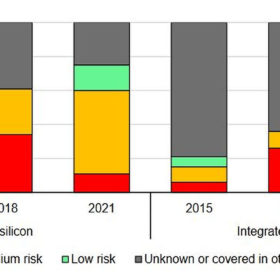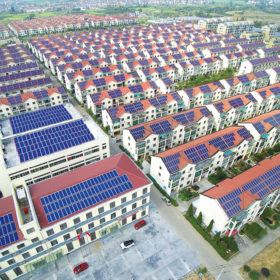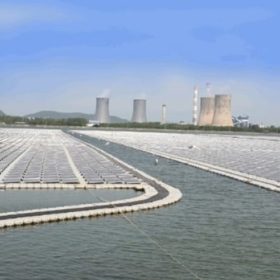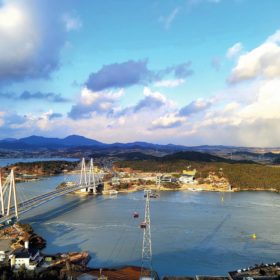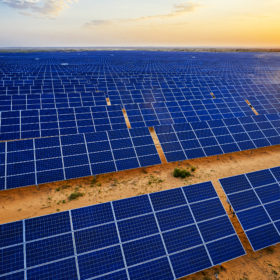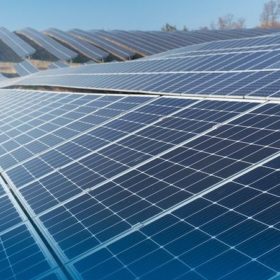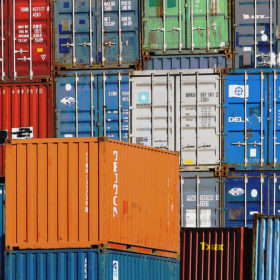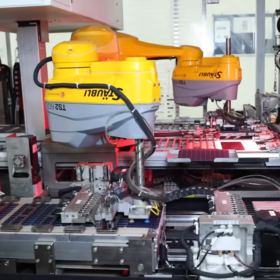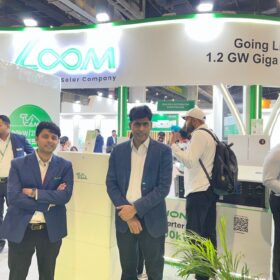One-third of global PV manufacturing capacity is at medium or high risk of bankruptcy, IEA says
A new report from the International Energy Agency stresses the importance of geographically diversifying the global PV supply chain. This would prevent supply chain vulnerability to bankruptcies and underinvestment.
The long read: When a solar spark becomes a fire
In 2021, China installed 21.6 GW of residential PV, which accounted for nearly 40% of the total annual installation figure of 54.9 GW. Spool back to 2018, and the residential segment clocked in at a mere 3 GW – less than 7% of the total for the year. Vincent Shaw in Shanghai reports on how changing market priorities caused a spark that quickly became a fire.
Microsoft to purchase power from a 100 MW Amplus Solar project in India
On the road to becoming carbon negative, Microsoft increases the amount of zero-carbon electricity it’s procuring through long-term contracts.
DVC seeks EPC contractors for 30 MW of floating solar
State-owned Damodar Valley Corp. (DVC) is seeking contractors to install and commission 30 MW of grid-connected floating solar capacity at its thermal power stations in Jharkhand and West Bengal. Bidding closes on Aug. 1.
The long read: Clear winds of renewables change
After a decade of under-delivering on its potential, there are changes afoot in Southeast Asia’s renewable energy development, says Assaad W. Razzouk, the CEO of Singapore-based developer Gurin Energy. Razzouk points to success stories in the region and notes that political will and clear regulations for developers are needed.
Jakson switches on 70 MW Amguri solar park in Assam
Noida-headquartered Jakson Group has developed a 70 MW solar project with engineering, procurement and construction done in-house. The plant will supply electricity to Assam Power Distribution Co. Ltd.
Solar beehive in South Korea
Hanwha Group has marked World Bee Day by unveiling the country’s first solar beehive. The PV modules on the beehive generate electricity to automatically monitor and control internal conditions.
Cipla expands captive renewables plants in Maharashtra, Karnataka
Pharmaceutical supplier Cipla says it has started operating an additional 16 MW of capacity at its 30 MW captive solar plant in Maharashtra. It has also switched on a hybrid captive plant in Karnataka, featuring 9 MW of solar and 2.7 MW of wind.
The long read: China’s PV industry reaches new heights
Against all odds, China’s gross domestic product grew by 8.1% in 2021, up 5.8% year on year. Electricity consumption grew by 10.3%, up 7.2%. Taking this into account, it’s no surprise that China’s PV industry also reached new heights. Frank Haugwitz, the founder of the Asia Europe Clean Energy (Solar) Advisory (AECEA), takes a closer look at what is still by far the world’s largest PV market.
Analyst predicts extent of rise in this year’s solar capital costs
Wood Mackenzie this week made a slew of predictions for the industry in 2022 and noted the effects the US’ recently announced anti-circumvention investigation is already having on utility scale plans.
